Protecting your credit or debit card
Protecting your credit or debit card
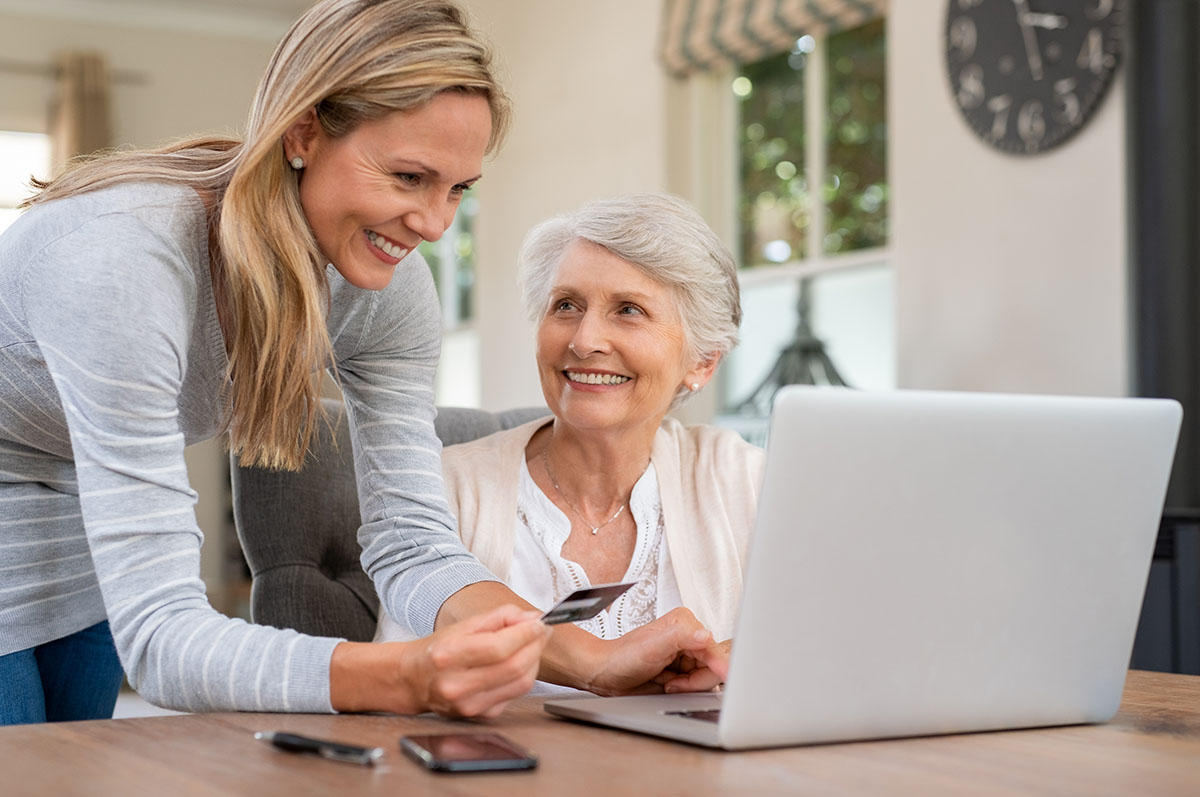
What's coming up?
In this activity, you'll learn about some of the key safety points to remember while using online shopping sites and marketplaces.
Start activity
Making purchases online
Unlike regular shops, you don't use your signature or PIN for online credit or debit card purchases. Instead, you enter your card details, including:
- Your name (as it appears on the card)
- Your billing address
- Card number
- Card expiry date
- CCV or CCV2 number.
Remember, the information you give to a shopping website allows that business to potentially make purchases on your card. So, it's very important that you only shop with secure and trustworthy websites.
Keeping your credit or debit card secure
Only give your credit or debit card details to trusted shopping sites that also show a padlock or https:// in the address bar.
Legitimate shopping sites will also ask for the CCV or CCV2 number on back of your card. That's the number printed near the end of the box in which you sign your card. Never use a shopping website that doesn't ask for this code.
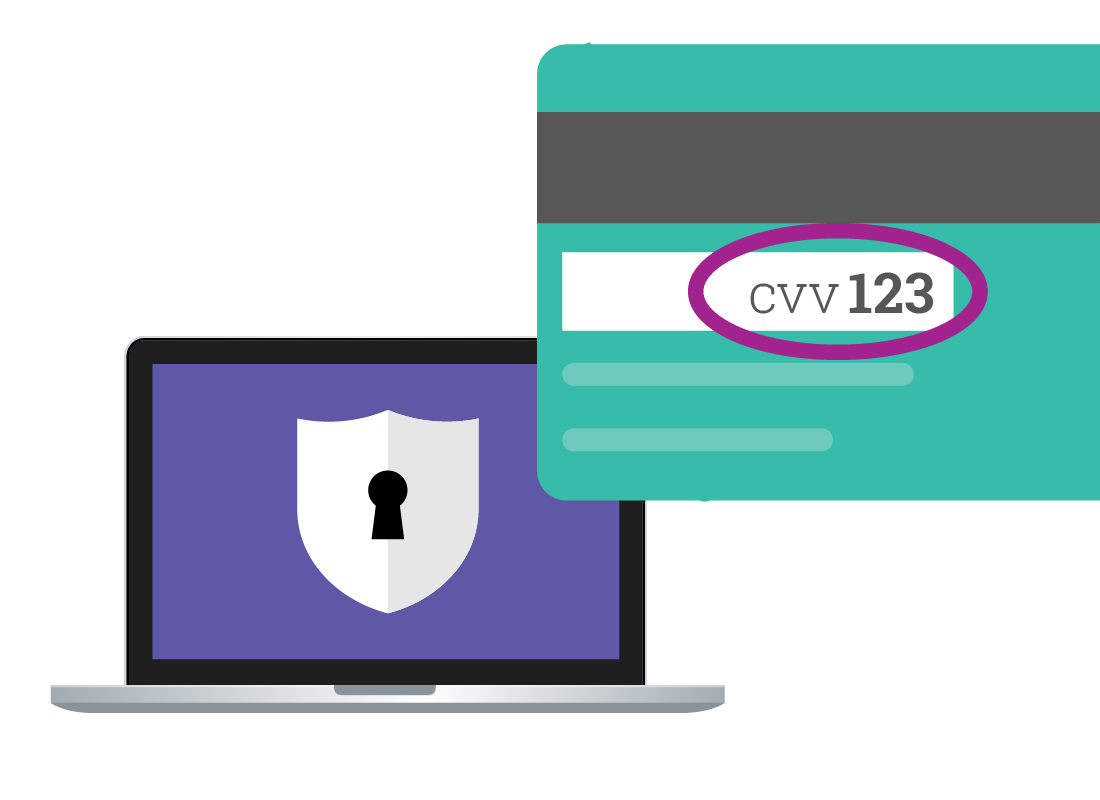

Playing it safe
If you receive a link in an email or text message for online shopping, don't click on it – it might be a scam trying to capture your credit or debit card details. Instead, look up and type the address of the online store into your browser independently.
Remember, if you don't want to use a credit card for online purchases, PayPal is a good, safer alternative. You can learn more about it in the Pros and cons of PayPal activity of this course.
What other safeguards can I can take?
Both Visa and MasterCard provide extra security measures for their credit cards, and you'll need to set these up with your bank.
For example, with Mastercard SecureCode or Verified by Visa activated on your credit card, you get the added protection of a password, which you need to enter each time you make a purchase.
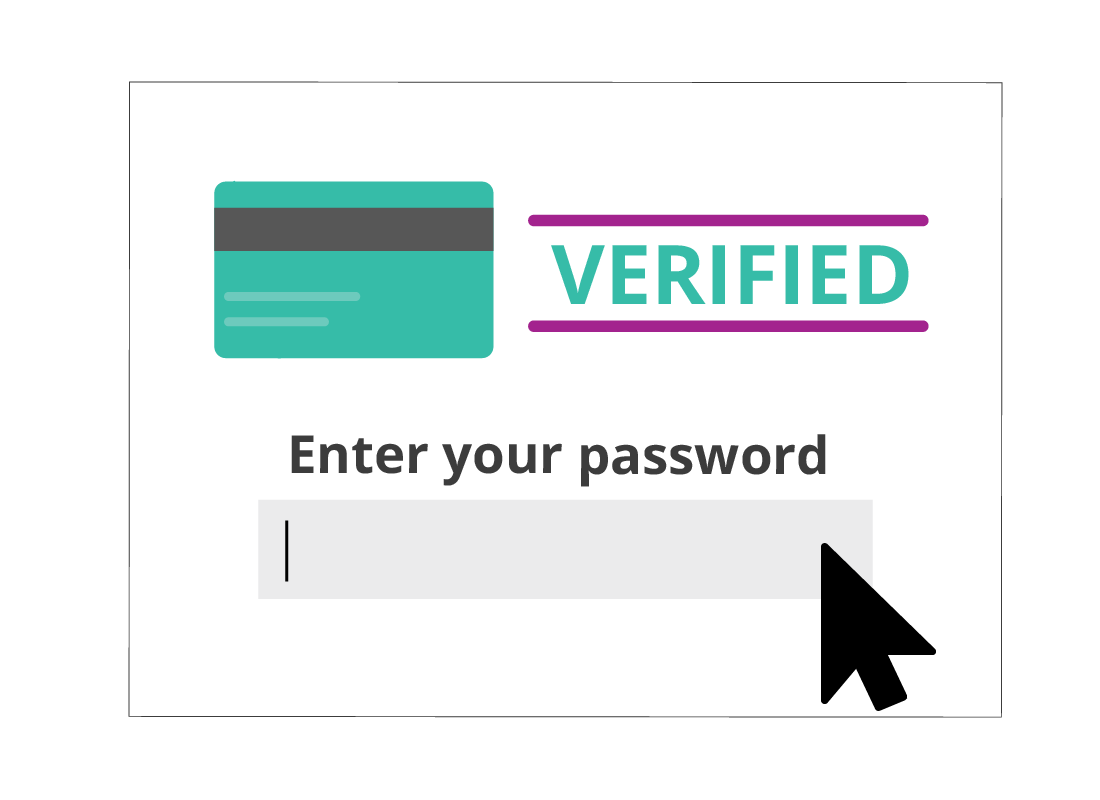
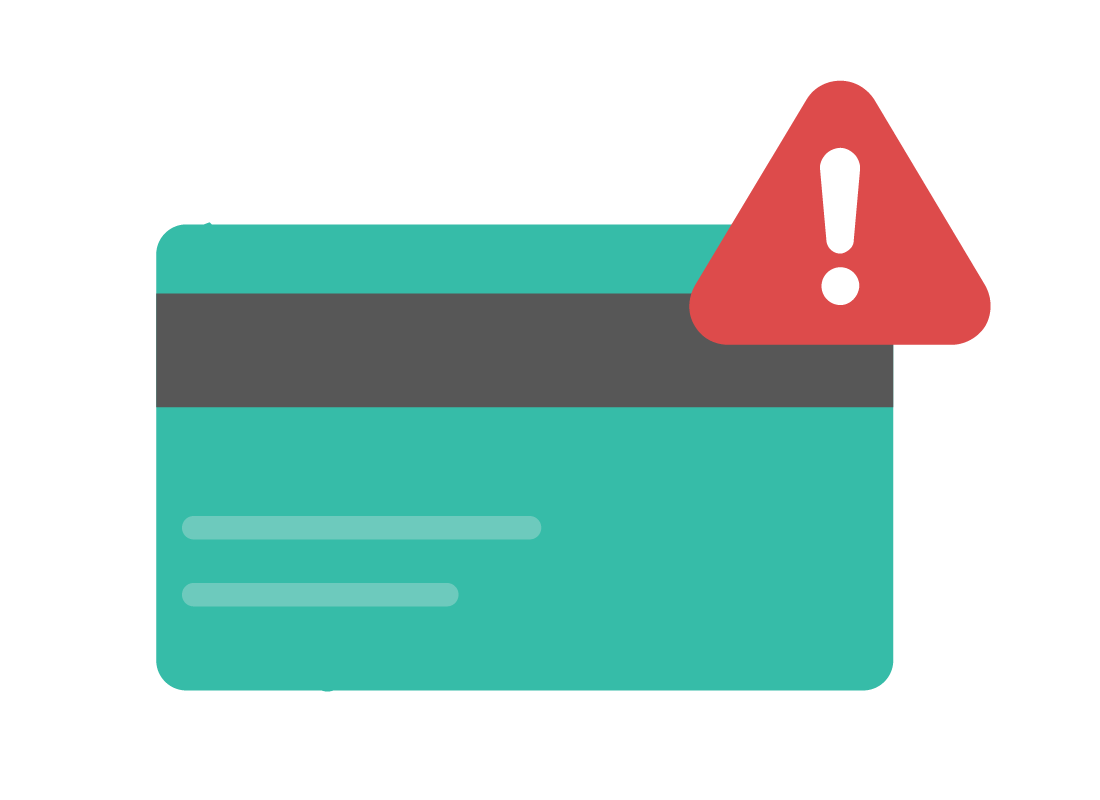
What if my credit card is lost or stolen?
If your credit card is lost or stolen, call your bank to cancel it right away. You will be protected from responsibility from any purchases made on the card from that point onwards, and most likely from the time it disappeared.
Additional protections
Ask your bank about their automatic reporting systems for your credit card. Some banks will call you to confirm any out-of-the-ordinary purchases, such as large numbers of purchases or purchases for high amounts. Some banks also won't hold you responsible for fraudulent transactions on your card.
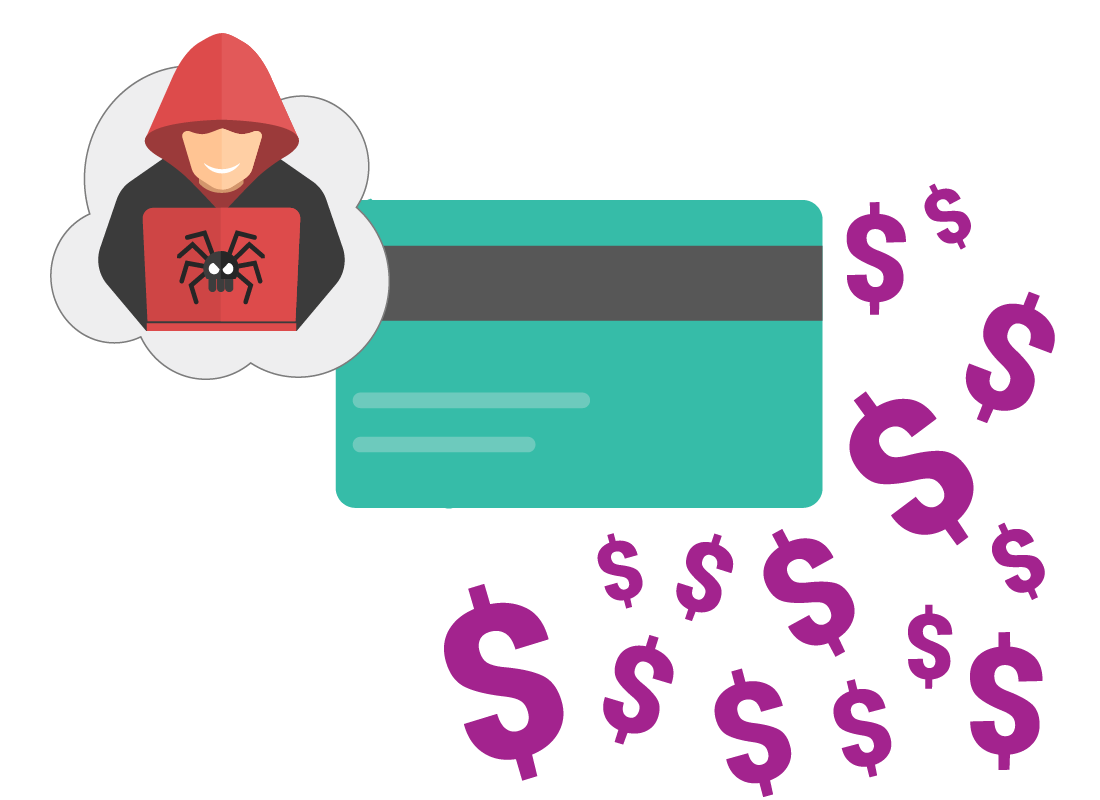

eSafety tip
Keep the following rules in mind when shopping online to help keep your cards and money safe.
- Don't make online purchases using public Wi-Fi networks, as they might not be secure.
- Don't make purchases from websites you don't trust or that don't display https:// at the beginning of the web address.
- Do keep your computer's security software and operating system up to date.
Well done!
This is the end of the Protecting your credit or debit card activity.
Next up, if you have registered and are logged into the Be Connected website, you'll now be able to take a short quiz to finish the How to pay online course. If you're not registered, you are now at the end of the course.
